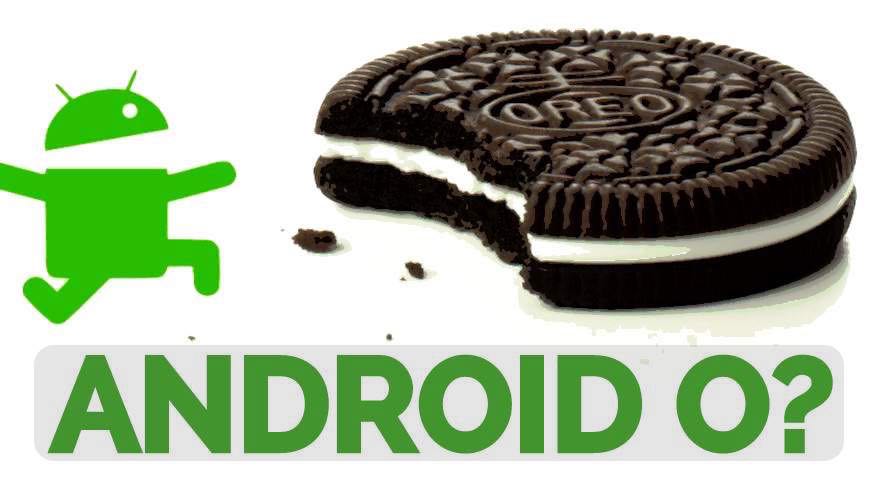Until recently, websites featured basic layouts and limited graphics. Users would typically visit them to gather information, much like flipping through the pages of a traditional printed catalog. But now, websites have become more than just information hubs. They also offer immersive experiences that emphasize visual appeal and easy navigation. Have you ever visited a website and immediately felt at ease? That is the power of good UI/UX design.
If you are a tech enthusiast or a designer and wondering what is fresh in the world of UI/UX designs, you have come to the right place. In this article, we have put together a list of some of the popular UI/UX trends shaping today’s websites:
- Neumorphism
This trend popped up on the scene in direct response to the minimalist design. Neumorphism’s fundamental idea is to mimic how light interacts with real-world surfaces. Therefore, designers weave soft shadows, highlights, and gradients throughout the design components.
These effects create the impression that the design components are somewhat rising from the background or set into it. This design is applied to various user interface components like buttons, cards, input fields, and navigation menus.
One of the biggest challenges with neumorphism is striking the delicate balance between a realistic appearance and maintaining usability. If the shadows and highlights are too prominent, they might make the interface elements difficult to distinguish. It particularly stands true for users with visual impairments. Therefore, designers need to pay attention to contrast and readability throughout the design process. If you or your designers lack the expertise to do so, consider hiring a web design company like Thrive Engine. The web designs by Thrive Engine speak for themselves. You simply cannot go wrong while working with them!
- Dark Mode
In recent years, dark mode’s popularity has increased dramatically. The dark mode color scheme consists of a black background and white text. This design scheme is the polar opposite of the light mode, which features black text on a white backdrop.
The surge in the adoption of dark mode could be attributed to several factors.
- The dark mode is celebrated for its aesthetic appeal.
- It lends an air of sophistication that is in sync with modern aesthetic preferences.
- It improves the overall quality of the user experience by giving websites a more polished look and feel.
- It improves readability as well. The text stands out more prominently against the dark backdrop, which makes the content easier to read and navigate.
- It also directs users’ attention to the most important aspects of the interface, such as hero images, testimonials, headlines, and CTAs.
- Customizable User Interfaces
At its core, this trend is about providing users with tools and options to modify various aspects of the interface. It may include changing color schemes, adjusting font sizes, repositioning elements, and even adding or removing certain features. The customization process is often facilitated through intuitive settings panels or menus that allow users to make real-time adjustments without requiring technical expertise.
News aggregator websites are a popular example of customizable user interfaces. Depending on specific interests, a user may prioritize news sources and apply subject filters on these sites. E-commerce websites have also started leveraging customizable user interfaces. It gives users the option to create wishlists and save favorite products.
When users actively shape their digital experiences, they are more likely to spend more time on websites that cater to their preferences.
- Variable Fonts
Variable fonts are a groundbreaking advancement in typography. Unlike traditional fonts with fixed styles, variable fonts capture an extensive range of styles within a single font file. This means designers have virtually limitless control over a wide range of font characteristics.
This trend particularly stands out for providing optimal user experience. Subpar website load speeds are a major problem nowadays. Statistically speaking, if a website takes more than 3 seconds to load, more than 50% of visitors will leave without interacting with it. Since traditional fonts require separate files for each style, they lead to slower page loading times. Variable fonts, on the other hand, mitigate this issue by consolidating multiple styles into a single file. As a result, you will have a fast-loading website.
Variable fonts also add to responsive design. In a mobile-first world, websites must seamlessly adapt to various screen sizes. Variable fonts enable designers to adjust typography precisely for different devices while maintaining a consistent visual identity. This adaptability contributes to better legibility and aesthetics across a range of screens.
- Augmented Reality (AR) Integration
AR overlays computer-generated content and interactive elements, such as videos, images, etc., onto the real-world environment. The AR integration into websites involves embedding AR elements directly into web pages. It basically creates an interactive layer, enabling users to experience digital content within the context of their physical surroundings.
AR integration has various use cases. In the e-commerce industry, customers can visualize products in their own spaces before making a purchase. For example, users may see how a particular outfit will look on them without physically trying it. That way, buyers can make more informed decisions.
Do not assume the AR integration trend is only limited to the e-commerce industry. Among other sectors, AR integration empowers real estate websites to provide interactive 3D tours of available properties. Users can point their devices at a property listing and take a well-rounded 3D tour of its interior and exterior.



Share your thoughts